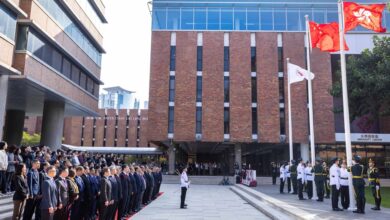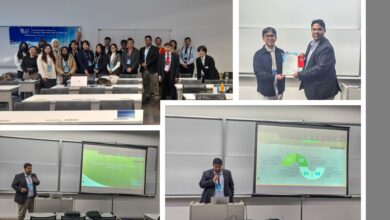Navigating the Tuition-Free vs. Tuition-Fee Divide in Philippine Higher Education
The debate over tuition-free versus tuition-fee public higher education in the Philippines highlights the need for a balanced approach to ensure both accessibility and quality while maintaining financial sustainability. Hybrid solutions, such as targeted scholarships and sliding scale tuition fees, are suggested to address the challenges posed by both models.

Researchers from the Asian Development Bank Institute have been exploring the economic implications of tuition-free versus tuition-fee public higher education in the Philippines, a topic that has sparked significant debate in the country. This discourse focuses on several key areas, including accessibility to education, the quality of education provided, and the financial sustainability of public higher education institutions.
Proponents of tuition-free education argue that removing financial barriers democratizes access to higher education, particularly benefiting marginalized sectors. By eliminating tuition fees, more students from low-income families can pursue college degrees, which could reduce socioeconomic disparities. This inclusivity is seen as a crucial step towards creating a more educated workforce, which, in turn, could drive long-term economic growth and innovation. The idea is that an educated population is better equipped to contribute to various sectors of the economy, fostering a more robust and dynamic economic environment.
Find out more : devdiscourse




